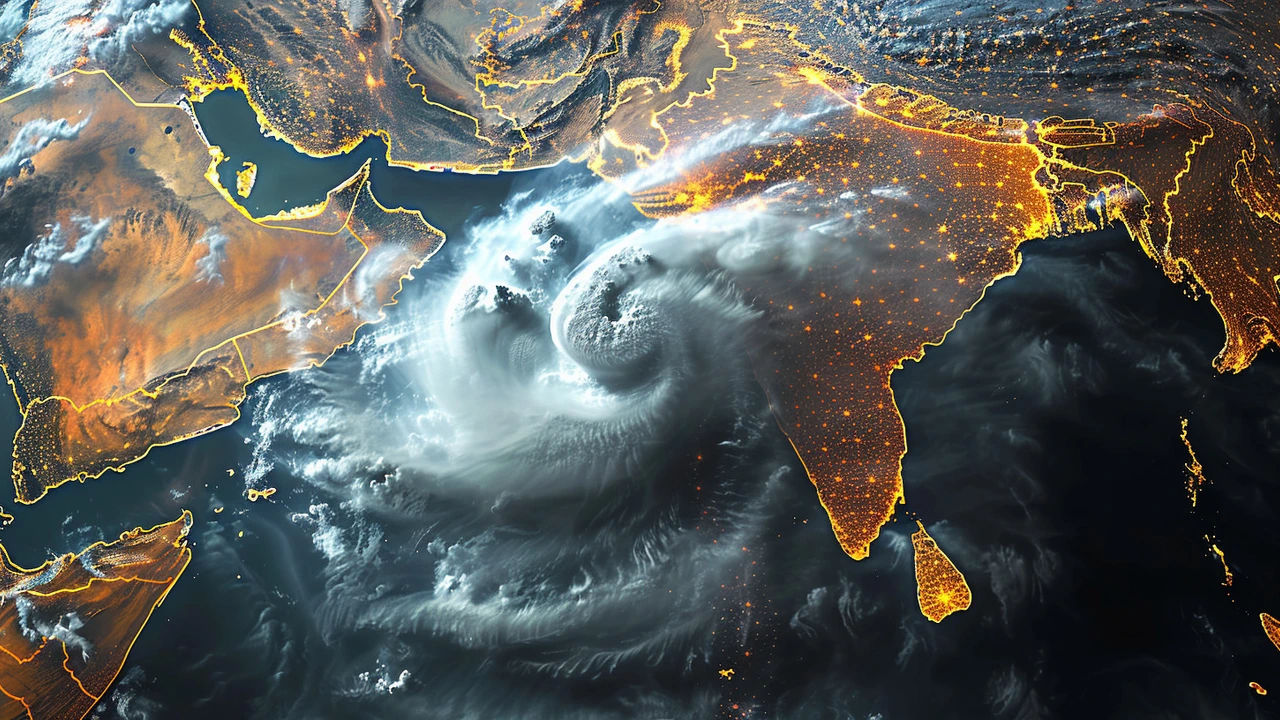Introduction to Cyclone Hidaya's Path
The looming threat of Cyclone Hidaya over the coastal regions of Kenya, particularly around Mombasa, has seen a significant shift in forecast due to the geographical influence of the equator. As the storm churns over the Indian Ocean, its devastating potential is tempered by natural forces associated with the Earth's equatorial division, offering a sliver of relief to millions of Kenyans.
The Influence of the Equator on Cyclone Trajectories
Understanding the impact of the equator on cyclone patterns is crucial for those living in tropical regions. Meteorologist Dan Ochanda emphasized that the unique positioning of the equator plays a pivotal role in dictating the path of cyclones like Hidaya. The Earth's rotation causes the Coriolis Effect, which in turn affects wind direction and storm paths, generally keeping cyclones from crossing from one hemisphere to the other.
This meteorological phenomenon is particularly important as Hidaya approaches Kenya, predicting that the cyclone will halt its northward journey right at the equator. This results in diminished effects for the southern regions of Kenya while posing increased risk to the areas directly in its anticipated path.
Predictions and Preparations for Mombasa and Coastal Areas
Initially expected to bring severe storms and destruction to the coast, Hidaya's adjusted path suggests varied impact scenarios. Coastal towns, while spared the full fury, will still experience strong winds, high waves, and substantial rainfall. Residents and local authorities are on high alert, with emergency services preparing for rapid response based on evolving weather updates.
The National Environmental Management Authority has issued warnings, urging the public to stay well-informed through official sources. They recommend that residents secure their property, stock up on essential supplies, and remain ready to evacuate if the situation escalates.
Advisories and Safety Precautions
In light of Cyclone Hidaya's imminent approach, the emphasis remains on preparedness and safety. Schools in vulnerable areas are temporarily closed, and fishermen have been advised to avoid the sea until the storm subsides. The community is encouraged to watch for updates and adhere strictly to guidelines provided by authorities.
Though the wrath of Cyclone Hidaya might be less severe than initially feared thanks to the equator, the situation remains dynamic. As such, continuous monitoring and adherence to preventive measures are vital to minimize impact and ensure safety.
Concluding Thoughts
As Cyclone Hidaya continues its course, the resilience of the Kenyan people is tested once again. Though the nation frequently faces natural challenges, the unique meteorological circumstances this time around have provided a slight reprieve. However, vigilance remains paramount; understanding and respecting the power of nature is essential for emerging from this cyclone season not only unscathed but stronger and better prepared for future events.






Write a comment